I'm an audio programmer, and I've recently gotten into using transfer functions to model the response of my DSP. However, I've hit a roadblock in trying to reduce a block diagram of one of my DSP classes (specifically, a phaser), but I'm really having trouble trying to figure it out. The basics of block diagram reduction make sense to me, but where I'm having issues is trying to scoot around some takeoff points and summing points that are all in sequence with no blocks in between.
Here's the diagram I made for my phaser:
For reference, C0 and C1 are constants (but they're subject to change in the code, so I'm treating them like variables), P is the bank of allpass filters that actually create the phasing effect, and F is a one-sample delay multiplied by the feedback amount. I'm using Y(z)/X(z) because I'm in the discrete domain, which (I believe) means I'll be using the z-transform instead of the Laplace.
My first instinct was to try and scoot the takeoff points feeding into C0 and C1 in an attempt to combine them, but it always seems to make the entire affair get very messy. My only other guess would to be to try and move P to the left of both the takeoff and the summing point that precede it, but that also feel like it doesn't really get me closer to solving my problem.
I'd appreciate any guidance on this — I'm totally brand new to transfer function block diagrams, so there could be some obvious solution that I'm failing to see here



